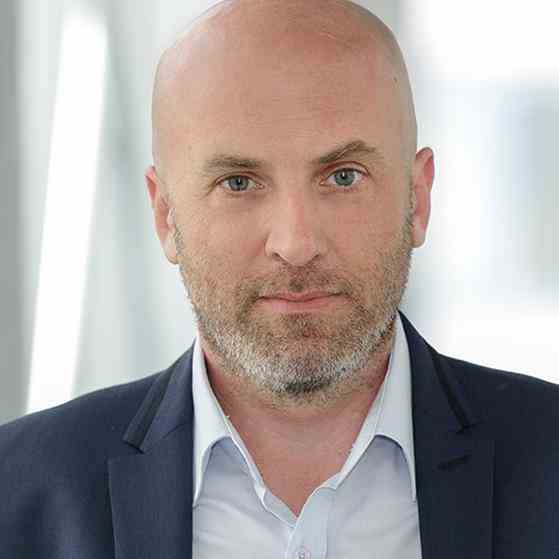Status: 10/29/2022 6:19 p.m
Goods worth 246.1 billion euros were traded between Germany and the People’s Republic of China in 2021 – this also means enormous dependencies. Many companies are looking for alternatives.
The bicycle manufacturer Rose Bikes in Bocholt could have sold many more bicycles this year, but the spring has shattered the balance sheet. Tobias Sommerfeld, who works in assembly, still remembers how he could no longer assemble bicycles. “It came to the situation that we had delivery bottlenecks and material was not available. Sometimes it was really just small things like a few screws that were missing. It happened that whole lines could not continue screwing,” says the two-wheeler mechatronics engineer. Handlebar grips, saddles – many parts were missing at once. The reasons: Corona lockdowns, closed ports, transport difficulties. As a result, the company can only assemble 45,000 bicycles this year instead of 60,000.
Now managing director Thorsten Heckrath-Rose is trying to find ways to become less dependent on China. However, that is difficult. “There are still one or two near-monopolists on the world market – especially in the area of gearshifts or brakes – where it actually doesn’t look like it will be possible to purchase goods here in Europe for the next few years,” says Heckrath- Rose.
The first German companies are relocating production from China to reduce dependency
Caroline Hoffmann, WDR, daily topics 10:15 p.m., October 21, 2022
Supply chains are difficult to change
Over the decades, there has been an almost monopolistic dependency in some areas. In the case of carbon frames, for which the German company is developing the design, attempts are now being made to find alternatives. The frames are built by a Chinese supplier. They have not yet found a replacement of the same quality in Europe. However, according to the managing director, they would already obtain stems for the frames from Germany.
Changing supply chains is not easy. Heckrath-Rose is convinced that interaction with politics must work better. He cites Taiwan as an example: “There are very close ties between Taiwan and China, especially in the bicycle industry, very strong ties. I hope that everyone will deal with it prudently.”
Political conflicts like here between China and Taiwan could worsen the supply situation. Companies have to ask themselves whether such markets make sense at all. “And in the future we will of course have to make sure that we take such things into consideration even more when making decisions about the supply chains,” says Heckrath-Rose.
Open other markets
Jürgen Matthes, who is responsible for regional markets at the German Economic Institute (IW), sees politics as having a responsibility to position itself more broadly and to create alternatives to China. It is important “to get settlement cooperations, for example with India or Indonesia, via free trade agreements, so that international companies also settle in the countries – so that the skills to be able to manufacture highly modern specific industrial products increase there,” says Matthes.
The clothing group C&A has been producing jeans in Mönchengladbach again since last year. For 20 years that was not the case. Betty Kieß from the management of C&A Europe sees the significantly shorter delivery routes as an advantage. “We can reproduce what is requested in the store within days and also deliver it in very short steps,” says Kieß.
In the end, the customer decides on the production site
Production in Germany is only possible because robots are also used and can therefore be produced more effectively. 1,000 pairs of trousers are made in Mönchengladbach every day, which is around three percent of all the company’s jeans. Despite automated production, manufacturing in Germany has its price.
“The jeans are currently being offered by C&A for EUR 59.90. And the price range at C&A with jeans from Asia is around EUR 29 to 39. So it’s a lot more expensive,” calculates Uwe Gansfort, Managing Director of C&A FIT. C&A will therefore continue to produce in China. Ultimately, it is the customer who decides how successful Germany is as a production location.


